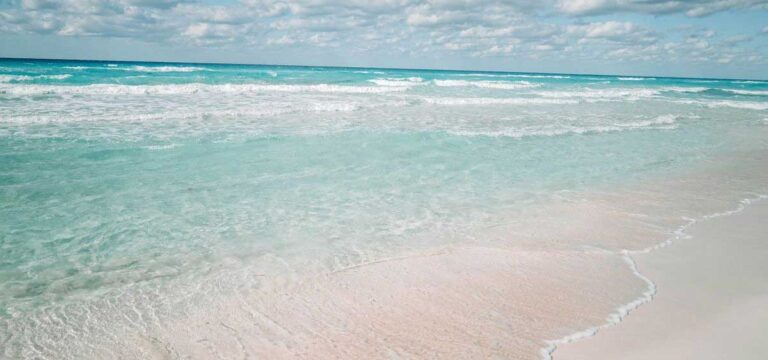As part of the implementation of the Life Task in the country in the face of climate change, a plan is being executed in the western province of Matanzas to mitigate effects, promote adaptation and evaluate negative impacts.
Yanelis Lores, an expert with the Matanzas branch of the Ministry of Science, Technology and Environment (CITMA), explained that Varadero constitutes one of the most important ecosystems in the demarcation.
Lores said that the Life Task is aimed at the recovery and maintenance of the Hicacos Peninsula where the town of Varadero is located, on the north coast of Matanzas and 140 kilometers east of Havana.
The CITMA specialist pointed out that several kilometers of beach were recovered and the associated dunes were built, in addition to planting vegetation and delimiting the coastal zone in the southern part of the aforementioned peninsula.
“It is worth highlighting the recovery project for the Oasis sector, one of the largest carried out in Varadero, which included several dumpings of sand and the rehabilitation of protection infrastructures for the beach area,” she said.
In joint action, she added, several facilities in the tourism sector won the Environmental Beach Award, an endorsement that recognizes hotels with an intense effort in the recovery and maintenance of the coastline.
“Matanzas province is very susceptible to the impacts of climate change. About 60 percent of its shores are low or very low, with a predominantly karst territory and groundwater,” she commented.
Lores added that Matanzas is home to the Zapata Swamp, the largest wetland in the insular Caribbean, and that due to its southern position it is hit by atmospheric phenomena such as hurricanes, “and a large part of the initiatives are aimed at protecting the swamp region.”
jg/acl/wap










